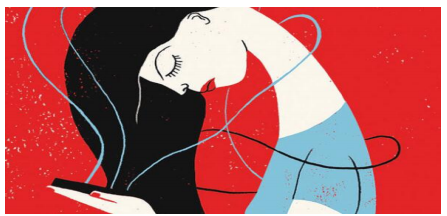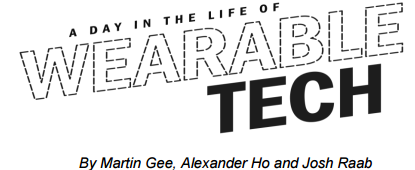Questões de Vestibular Sobre inglês
Foram encontradas 5.903 questões
Teen Texting: Girls versus Boys
By Victoria Stern

A new study from the American Psychological Association evaluated how 211 girls and 192 boys communicated via text and found notable gender differences in overall behavior and compulsive use:
• Teenage girls use texting for social connection, whereas boys mostly use it to convey information.
• Boys and girls send about the same number of texts every day, but girls are more likely to become compulsive texters.
• Teenage girls who compulsively text see a steeper decline in their grades than their compulsive male counterparts. The researchers suggest the social content of girls' messages may be more likely to distract them from their academic tasks.
• Compulsive texting also appears to affect girls' mental health more than boys', perhaps because girls are more prone to text about negative feelings and to ruminate on those feelings.
Disponível em: : <http://www.scientificamerican.com/article/teen-texting-girls-versus-boys/> .Acesso em: jan. 2016 (fragmento).
Assinale a alternativa que apresenta apenas afirmativas corretas

Normal-looking earrings will track your heart rate, body temperature and blood oxygen levels, providing you with vital health statistics. If you thought Bluetooth headsets made businessmen talking to themselves in public look strange, these earrings will take that to the next level. Shoes will convert movement into energy, powering internal sensors and other wearable devices. The sensors will help the shoes cool and heat your feet as necessary, as well as track your exercise and any weight changes. Buttons haven‘t changed in decades, but they‘re about to get a big overhaul. Soon, they‘ll have embedded GPS, tracking your movements and learning your habits. That will let all your wearables react in real-time to your location, predicting where you‘re about to go or making suggestions on what‘s next. Getting lost will be a challenge, but if you somehow manage to end up in an unknown or dangerous place, your buttons will be able to contact your family or call 911 for help.
Disponível em: <http://time.com/see-the-wearable-tech-of-the-future/>.. Acesso em: dez. 2015 (fragmento).
De acordo com o texto, considere as afirmativas a seguir.
I. Brincos poderão ser usados para monitorar a saúde de seus usuários.
II. Brincos terão função semelhante aos fones com technologia Bluetooth.
III. Calçados servirão como geradores de energia.
IV. Botões funcionarão como sensores de temperatura corporal.
V. Botões terão influência sobre outras tecnologias portáteis.
Assinale a alternativa que apresenta apenas afirmativas corretas.








